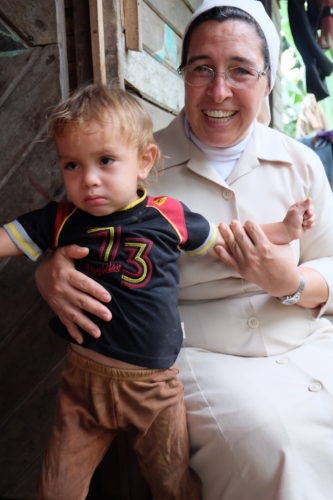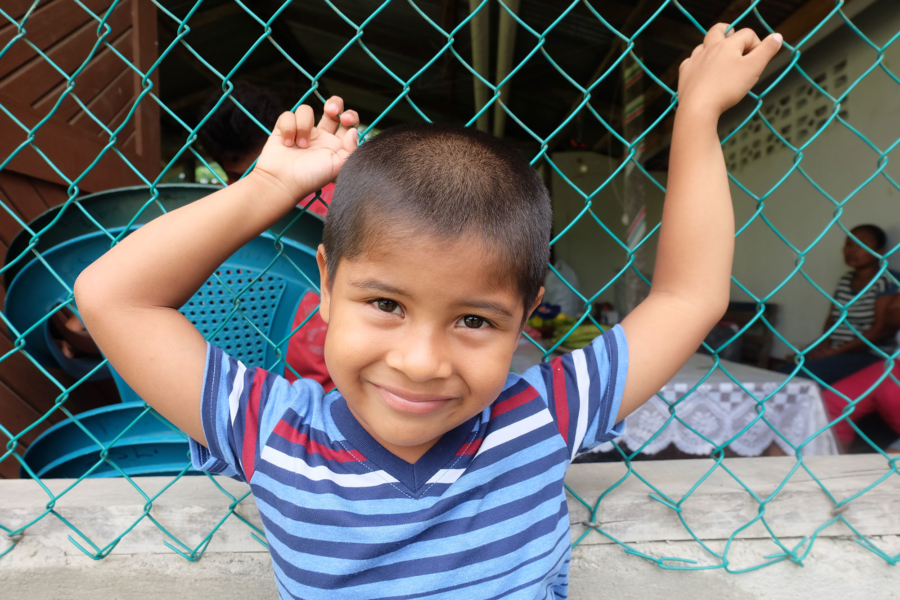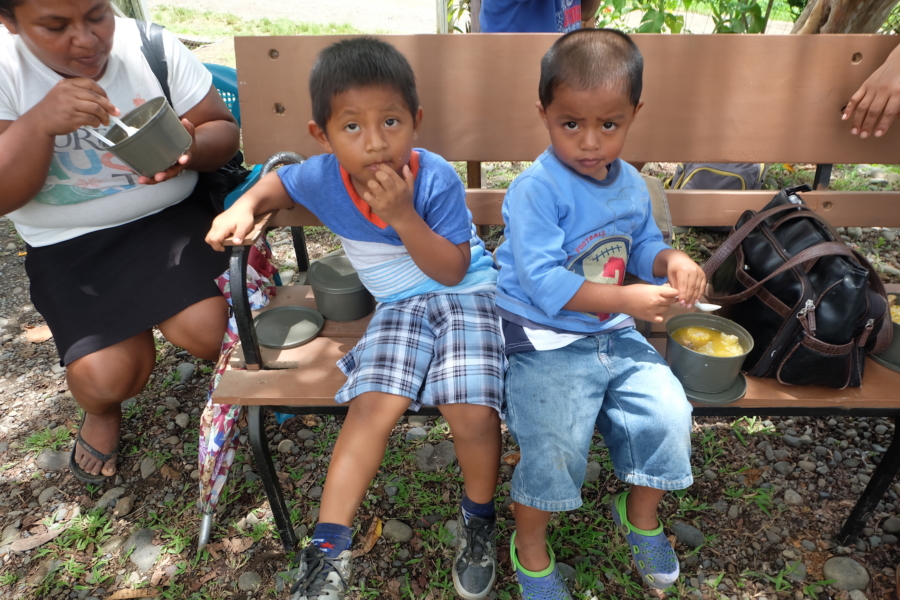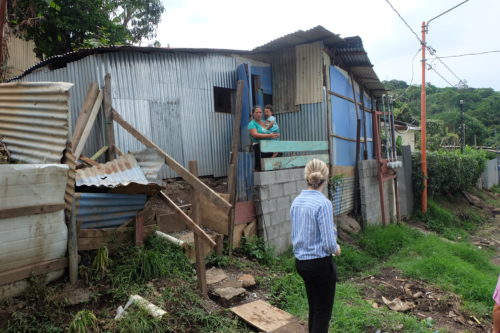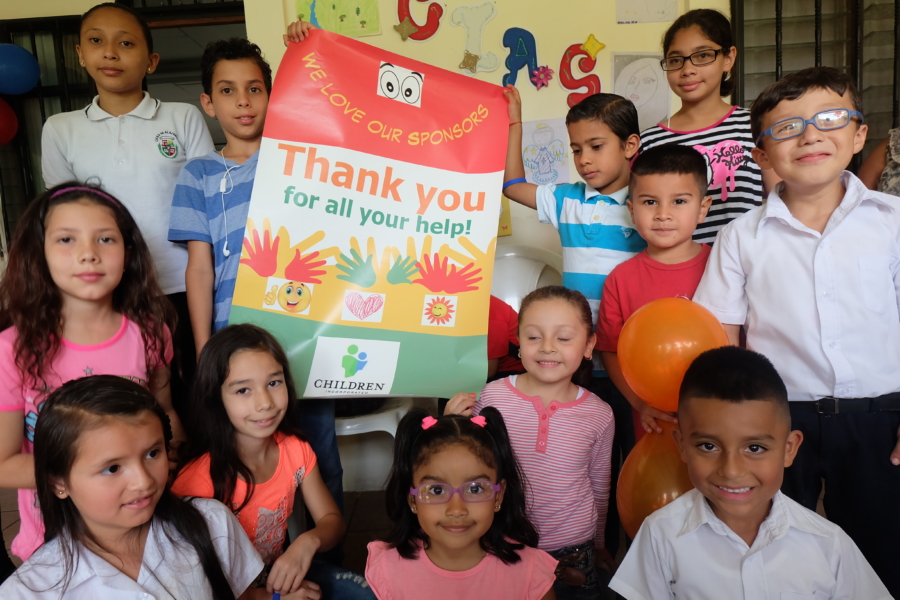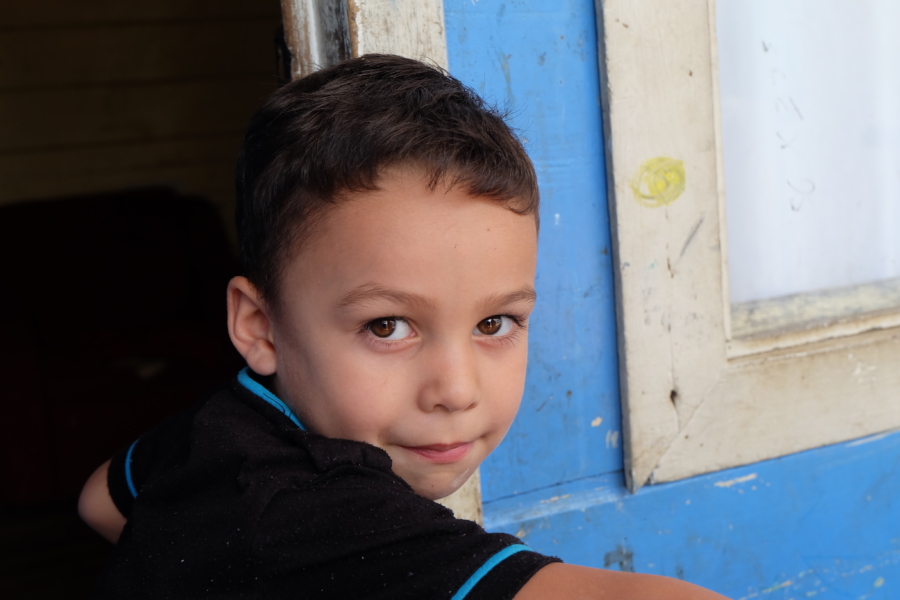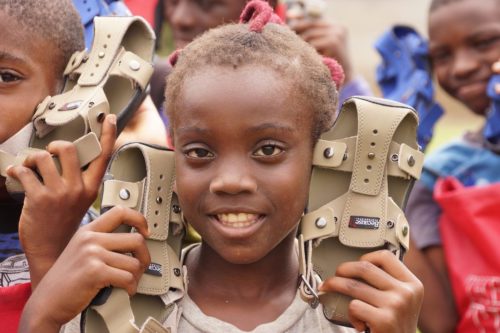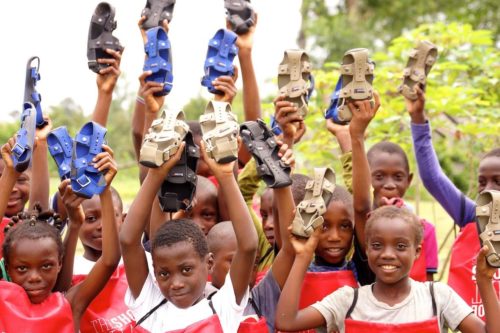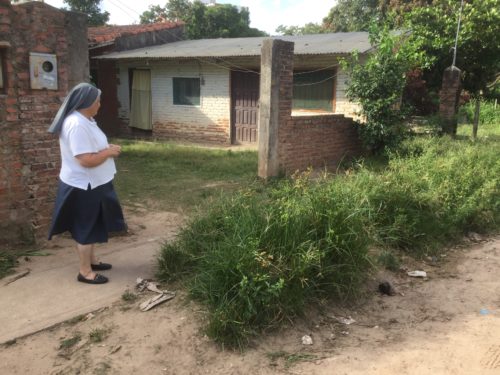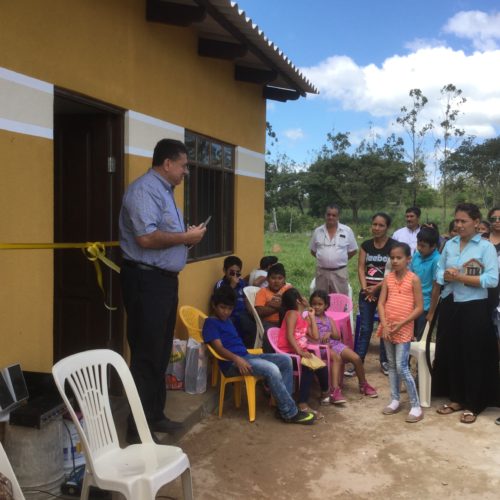Almost as soon as we arrived in Managua after our flight from San Jose, I could tell that Nicaragua was vastly different from Costa Rica. As we drove out of the capital city, the jungle landscape we had seen just one day before had been replaced by flat, open land where cows and horses roamed for miles. Along the road to Leon, the second-largest city in Nicaragua after Managua, we saw cowboys, both young and old, leading herds of animals, and I felt like we were in an old Western movie.
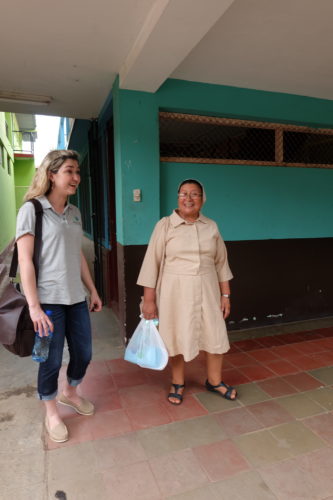
Andreia, International Project Specialist, with Sister Olga, our volunteer coordinator
That feeling didn’t change when we arrived two hours later at the La Recoleccion Home, a school for girls that has been around since 1880. La Recoleccion itself looked like a movie set – the large hallways and courtyards of the school were picturesque, towering stories above us. Lush trees and blossoming flowers grew all around, and archways leading into grand halls were enormous. I hadn’t known what to expect on my first trip to Nicaragua, but its beauty overwhelmed me, which was striking, considering we were in one of the poorest countries in the Americas.
The Land of Lakes and Volcanoes
Geographically, Nicaragua is the largest country in Central America. It is a multi-ethnic country of six million people, and the main language spoken there is Spanish. Tourism in Nicaragua has grown exponentially in recent years, but the population of the country still remains very poor. 48 percent of its people live below the poverty line, living on less than two dollars a day.
The country is primarily an agricultural one, and its minimum wage is among the lowest in all of the Americas. For that reason, many Nicaraguans leave to try to find better work in neighboring countries like Costa Rica, even though that means leaving their families, including their children, behind.
But those who are accepted have a safe place to be during the day; and for some, La Recoleccion offers an escape from a world of poverty during the night as well.
A Safe Place for Girls
At La Recoleccion, more than 1,300 girls attend the school every day. Sister Olga is our volunteer coordinator at the school, which also serves as a girls’ home. She has been working at La Recoleccion since 2014, when she moved from Honduras, where she had been working as our coordinator at another affiliate project since 1998. In all, Sister Olga has been associated with Children Incorporated for almost twenty years; and like Sister Bertalina at Santa Luisa in Costa Rica, she has worked at multiple projects in multiple countries!
Of the 68 girls enrolled in our program and attending the school, 25 live in the home full-time because their families have moved away to look for work. Many of the girls who don’t live at the Home live with single mothers who work long hours away from home in fields, or as housekeepers for other families. Violence is a concern because the girls are at home alone in the afternoons while their mothers work late – and unfortunately, abuse sometimes comes from people the mothers are associated with, like stepfathers or boyfriends.
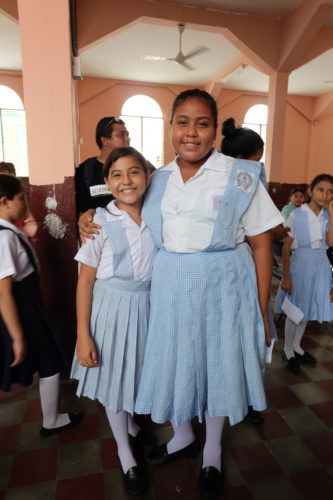
Sponsored girls smile for the camera
Since its inception, La Recoleccion has been assisting girls who are orphaned, abandoned, or neglected, offering them educational and additional support through sponsorship, like with school uniforms, school supplies, meals, and room and board. Of those girls that don’t live permanently at La Recoleccion, there is the option for them to stay after school until their mothers get off work.
A Beacon of Hope
It’s hard for Sister Olga to decide who gets to go to the school – more parents approach the school about enrolling their daughters than there is room for students in the classrooms, even though it is a very large school. But those who are accepted have a safe place to be during the day; and for some, La Recoleccion offers an escape from a world of poverty during the night as well.
The girls are well-cared-for by Sister Olga and the teachers and staff, so they can worry less and focus more on getting a good education. The girls also receive counseling, and Sister Olga offers sewing classes to their mothers so that they may acquire the skills they need to make a better living for themselves and their families. In the beautiful land of volcanoes and lakes in Nicaragua, La Recoleccion offers a safe and special beacon of hope for so many girls and their mothers.
***
HOW DO I SPONSOR A CHILD IN NICARAGUA?
You can sponsor a child in Nicaragua in one of two ways – call our office at 1-800-538-5381 and speak with one of our sponsorship specialists, or go online to our donation portal, create an account, and search for a child that is available for sponsorship in Nicaragua.

